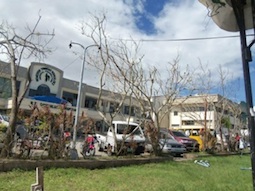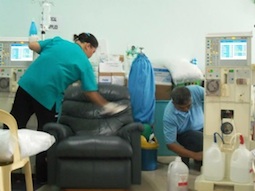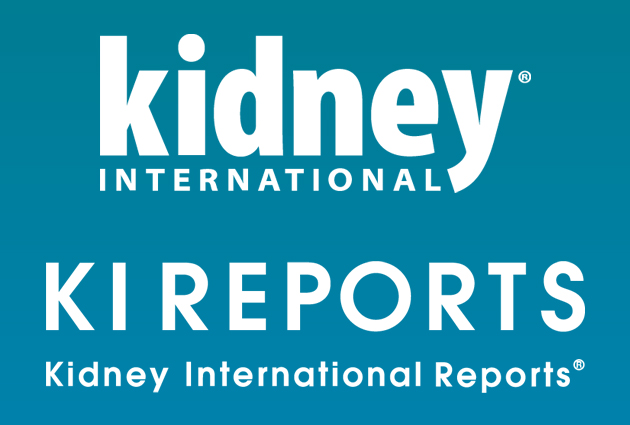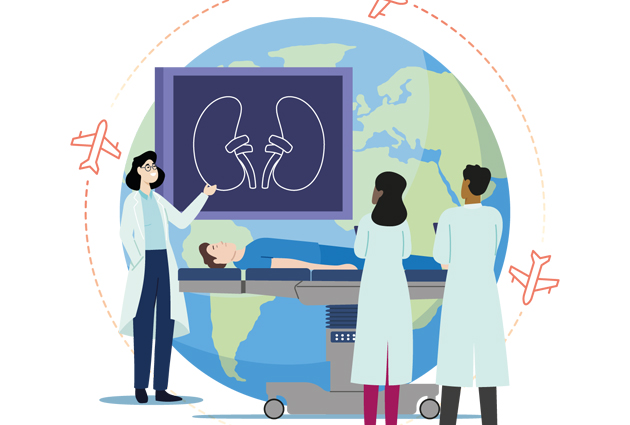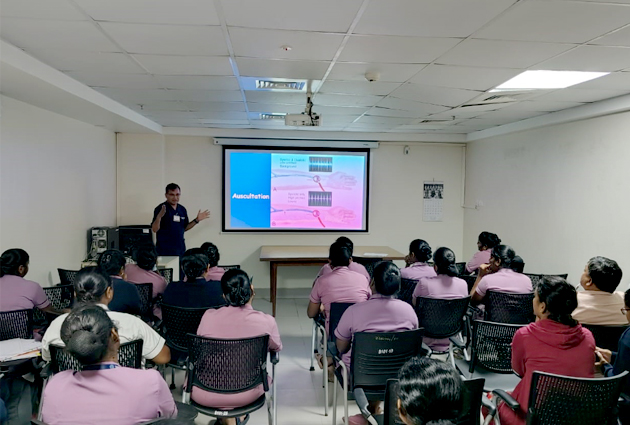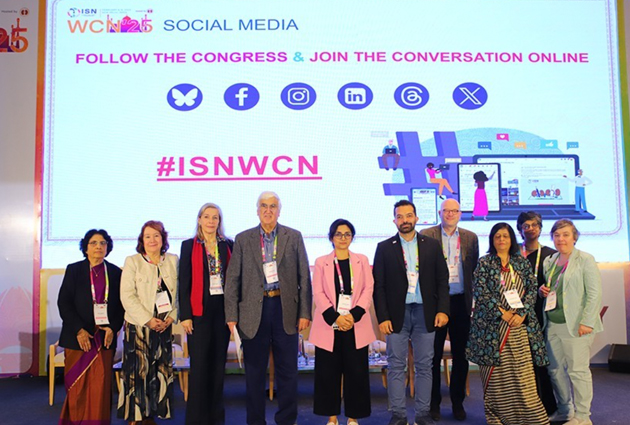Typhoon Haiyan: an update from the Philippine Society of Nephrology
Last November while Filipino nephrologists were attending Kidney Week in Atlanta Georgia, Typhoon Yolanda (Haiyan), struck the Eastern Visayas in the Central Philippines.
At the time, ISN and the Renal Disaster Relief Task Force (RDRTF) lent their support to local nephrologists, helping renal patients in the country. CLICK HERE.
Susan Anonuevo, President of the Philippine Society of Nephrology (PSN) said: “We are mobilizing our team using the society’s resources as well as donations from our members and other healthcare partners. We are however still coordinating with our Department of Health and the Philippine College of Physicians who help us with the transport of some of the supplies.”
The eye of the storm ravaged through major communities, particularly Samar and Leyte and a portion of Iloilo. It also flattened many heavily populated areas along the coast. Tacloban City is where the major health facilities were located. In a few hours, almost all the progress that took years to build was destroyed. Due to widespread flooding and a total loss of power in the region, all dialysis facilities were incapacitated.
On November 9, the PSN tried to locate the five nephrologists based in the worst hit areas. With all dialysis facilities down and the doctors and nurses also in a bad situation, medical relief efforts for dialysis patients fully depended on a team from Manila.
It was difficult to ascertain the exact number of dialysis patients in the region at the time of the disaster. With no water or electricity, washed out facilities and missing or ravaged medics, many more patients who survived the typhoon could not last for long without dialysis.
Renal failure is among the ten leading causes of death in the country. In the latest report of the Philippine Renal Disease Registry, there were in 18,000 prevalent cases in December 2012. There were 219 new reported cases from the Eastern Visayas Region.
To read the full report from PSN, CLICK HERE. To find out more about ISN’s Renal Disaster Relief Task Force, CLICK HERE.
